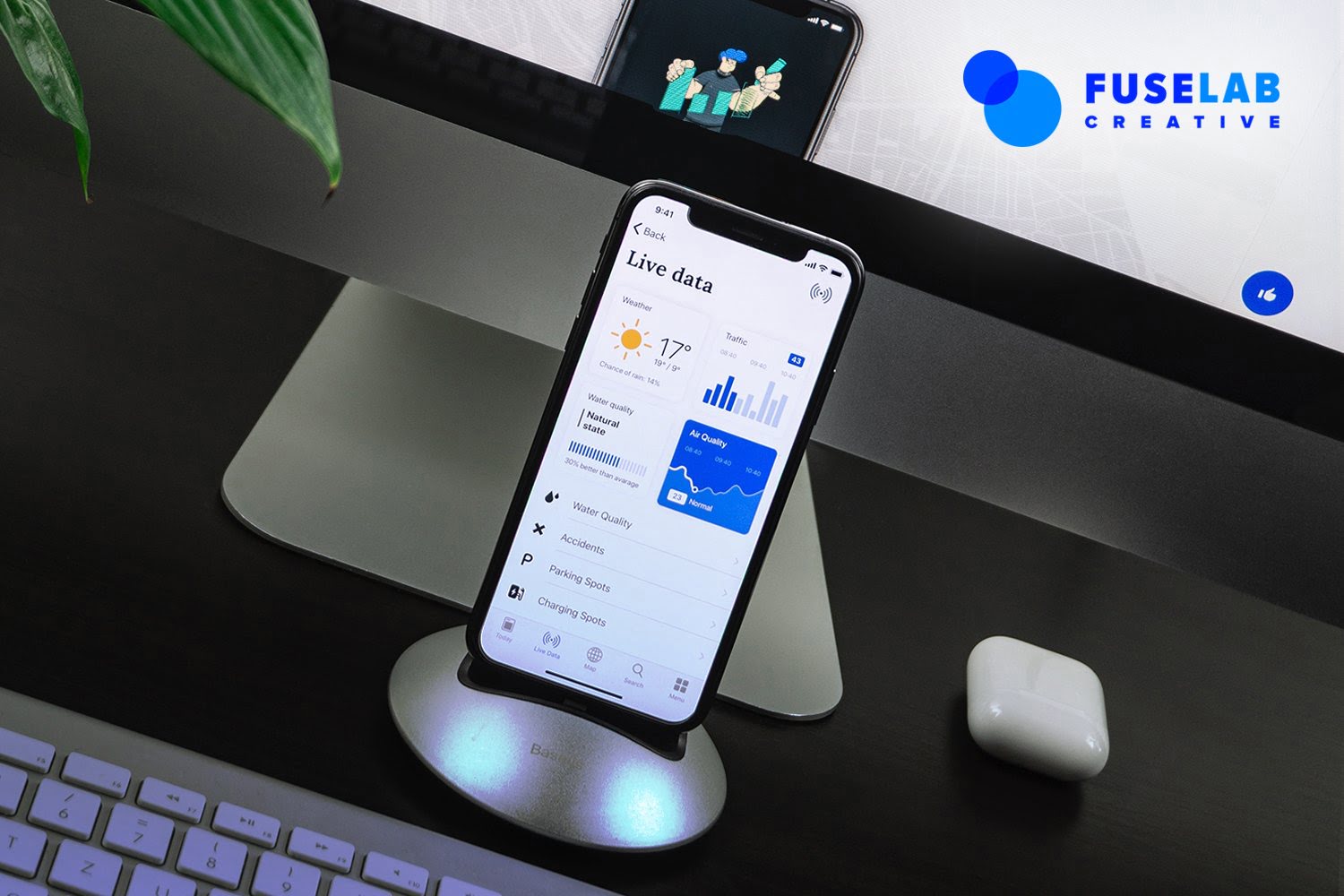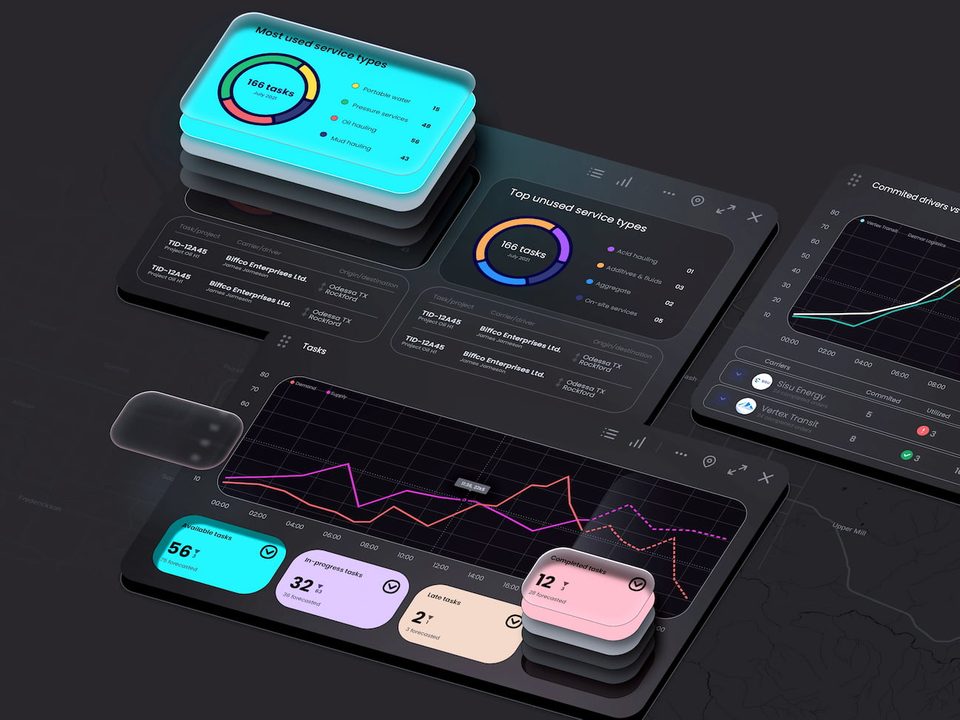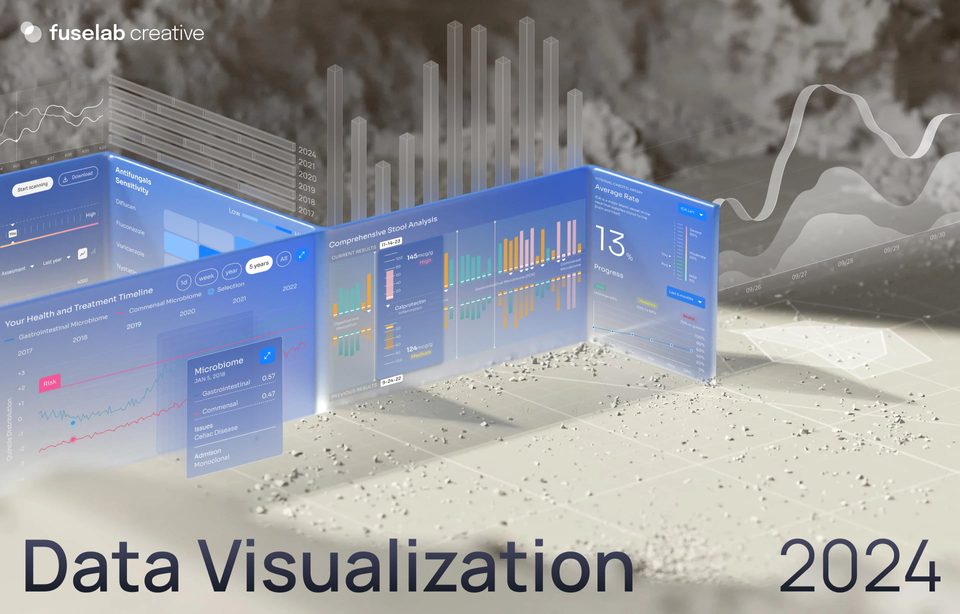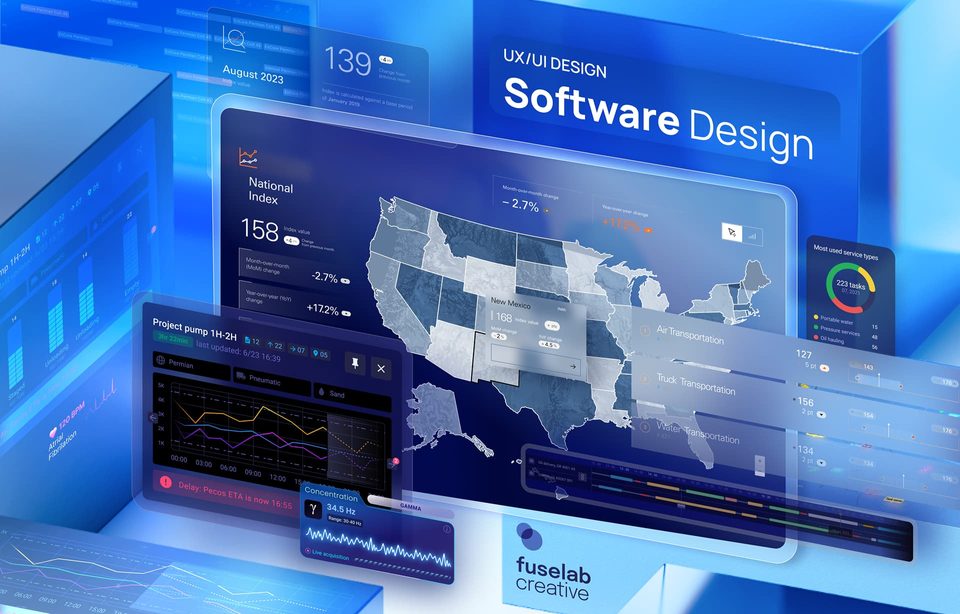Real-Time Data: The Differentiator in Effective Dashboard Design

We all know how powerful data is – and how critical it is for supplying the insights business leaders need to make smart decisions.
The global business intelligence market is predicted to reach $29.48 billion by 2022 – that’s a CAGR of 11.1 percent from 2016 to 2022. But, there’s an ‘if’. And it’s a big one.
If you don’t have the clarity necessary to make sense of the data, what good is it? You need to understand the story the data is telling you – quickly – to make the most of it.
That’s why data dashboards have become such a key tool for informing business decisions, spotting trends, and letting decision-makers know when it’s time to take action or implement a change.
Equally important is the knowledge of what the lack of pressing decisions can have on your organization. Often, it’s the lack of needed decision-making, due to anxiety, or the lack of information that leads to the downward spiral of companies.
Data spreadsheets and other formats can be beguiling and confusing at the same time. You can sift through (or jump right in and swim if you feel like it!) a pile of charts and stats.
Or you can take a look at your well-designed data dashboard and gain all the insight you need to make intelligent data-powered decisions. Thus, a thoughtful dashboard design is the critical first step. And create an effective, unique dashboard for your project can help you find a professional dashboard design agency.
Step two – you need real-time data. Combine these two elements, and you’ve reached data usefulness nirvana. Without a data dashboard, you’re left in the dark, but without real-time data integration, you’re pretty much left in the fog anyway.
Let’s take a look at the benefits of using real-time data in dashboard development and what a dashboard with live data looks like.

What Difference Does Real-Time Data Make?
When it comes to dashboard data, you have two types to rely on:
- Historical data – All your past business metrics fall into the historical category. You can use historical data to analyze business performance over time and to spot trends.
- Real-time data – With automation, you can continuously update your dashboard with current data. This real-time data is based on what is happening here and now. It can help you identify emerging problems and opportunities, giving you the chance to respond to them quickly.
- A dashboard built with an automated data feed, time is suddenly working for you and not against you. Because the BI dashboard design is leveraging machine learning to feed a continuous stream of data, you’ll learn about critical information immediately. And, you can compare the live data insights with historical data to draw precise conclusions. These conclusions are often the game changers that help you navigate nimbly past your competition.
And when your dashboard is created with built-in alerts, set by you to let you know when certain metrics are met, it is remarkably easier to stay ahead of the game.
This live insight empowers businesses to seize golden opportunities before the competition. A real-time dashboard is also a great risk mitigation tool. Because you have the data that will reveal issues early on, you can problem-solve before an issue gets out of hand or threatens your bottom line.
Having access to live data is also useful for long-term planning and decision-making. With a real-time dashboard, decision-makers can stay abreast of what’s going on with business metrics daily. Instead of looking at historical performance data in a weekly or monthly meeting and trying to figure out the best course of action in the future, stakeholders can enter meetings with a firm grasp on performance metrics, allowing teams to get together to make important decisions quickly.
Real-Time Dashboards in Action
With the integration of real-time data, the most important numbers are right there, front and center on the dashboard. While sales, marketing, and executive teams have the greatest interest in advanced dashboards, real-time insight can be invaluable across departments:
- A marketing performance dashboard will show how much each digital ad campaign is worth, at that moment in time. When one campaign slips, the marketing team can look at the historical data to determine why. They can then change or divert resources to a better-performing campaign to keep overall spending minimal.
- Marketers can also use data dashboards to gauge consumer response to certain actions, such as when they publish a blog post or video.
- An IT issue management dashboard will track real-time indicators that can alert the IT team to bugs, cyberattacks, and downtime.
- A design firm can use a real-time dashboard to see how far each project is from going over budget and how efficient work processes are.
- Retail companies rely on real-time dashboards to stay ahead of critical customer service metrics like the Net Promoter Score and the average response time to customer queries.
- Data dashboards also allow even large retail and product sales companies to keep track of their inventory in real time. This makes it easier to maintain healthy stock levels without overspending on what you don’t need.
From managing budgets to monitoring employee performance, real-time data helps businesses run smoothly.
The reality is, that without a well-designed real-time dashboard, you never know if your business is operating as it should. And, you certainly can’t ensure it’s operating at peak performance.
What Goes into Effective Dashboard Development with Real-Time Data?
The real-time dashboard we use may look streamlined and be filled with crystal-clear insights, but there’s a lot going on behind the scenes.
First, the databases that supply the data need to be advanced enough to provide the most current data. This can be a problem, especially with enterprise organizations that simply have an incredible amount of data to process. Their legacy systems may use separate databases for transactions and analytics, for example.
A second issue is responsiveness. When a user enters a query, the dashboard should be able to bring up real-time insights or historical data to help the user dig deeper into the data. The ability of users to customize their own experience is the critical differentiator between dashboard developers who are pumping out new containers for data, and companies like Fuselab Creative, who are developing systems for ongoing decision-making based on individual needs.
If a user of a logistics app needs to assess the current state of the order delivery process, they can look at the data dashboard. If there are a high number of outstanding orders, they may want to check the current locations and estimated delivery times to see where the goods in transit are and if they should hit their expected delivery times. If they want to dig deeper and look at live customer data or historical data, they’ll need to interact with the dashboard and enter a search query.
A truly useful real-time data dashboard will be able to respond to this type of complex analysis with live data.
It’s only with this type of design and development that a data dashboard can empower businesses to react quickly to problems and opportunities and to see and digest the big picture.
With a real-time dashboard, users have access to infinite choices when it comes to what type of data they want to see. Without live data, a dashboard becomes nothing more than a data visualization tool based on yesterday or maybe last year.
It may offer useful historical insights, but it’s not a responsive, live, interactive platform that can be used to drive a business forward and to navigate ups and downs.
To learn more about dashboard system design and dashboard development for your business, get in touch with us today.

Browse more

Data Visualization Trends 2024
